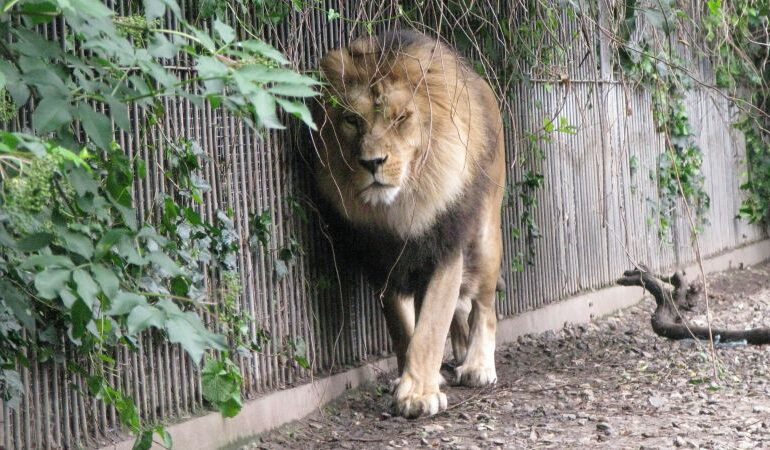Denmark Zoo Seeks Donations of Unwanted Pets for Predators

A zoo in northern Denmark is appealing to pet owners to donate their unwanted animals, including guinea pigs, rabbits, and chickens, to feed its carnivorous residents. The Aalborg Zoo stated on social media that this initiative aims to imitate the natural food chain, thereby promoting the well-being and nutrition of its predators.
In a Facebook post, the zoo emphasized that small mammals like chickens and guinea pigs are a significant part of the diet for its carnivorous animals. The post included a striking image of a lynx, showcasing its sharp teeth. “That way, nothing goes to waste — and we ensure natural behavior, nutrition, and well-being of our predators,” the zoo explained.
According to information on its official website, the donated animals will be “gently euthanized” by trained staff prior to being served as food. The Aalborg Zoo houses various predators, including the Asiatic lion, European lynx, and Sumatran tiger, all of which require a diet that mimics their natural hunting behaviors.
Public Response and Ethical Debate
The zoo’s request has sparked a lively debate online. While some individuals express concern over using pets as prey, others support the initiative as a necessary measure to maintain the natural feeding behaviors of the zoo’s inhabitants.
Pia Nielsen, the deputy director of Aalborg Zoo, stated in an interview with The Guardian that this practice is not new and is common in Denmark. “For many years at Aalborg Zoo, we have fed our carnivores with smaller livestock. When keeping carnivores, it is necessary to provide them with meat, preferably with fur, bones, etc., to give them as natural a diet as possible,” Nielsen noted.
She further explained that allowing animals needing euthanasia for various reasons to serve as food makes practical sense. “In Denmark, this practice is common, and many of our guests and partners appreciate the opportunity to contribute. The livestock we receive as donations are chickens, rabbits, guinea pigs, and horses,” she added.
Previous Controversies in Danish Zoos
This is not the first instance of Danish zoos facing scrutiny regarding their animal care practices. In 2014, the Copenhagen Zoo gained international attention when it euthanized a healthy young giraffe named Marius to prevent inbreeding, despite public outcry and a petition against the decision. Marius’s carcass was partially used for research and to feed carnivorous animals within the zoo, including lions, tigers, and leopards.
The controversy deepened when, shortly after Marius’s death, the zoo euthanized four lions to make room for a new male lion in hopes of breeding a new generation. These incidents highlight the ongoing ethical discussions surrounding animal management in captivity.
As Aalborg Zoo continues its initiative, it remains to be seen how the public will respond and whether the practice will lead to further discussions about animal welfare and ethical standards in zoos worldwide.






